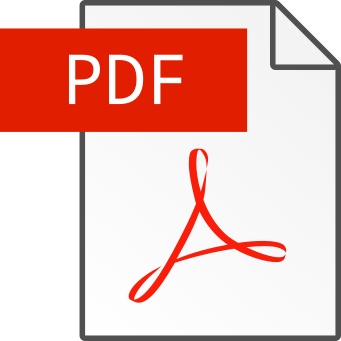The Complete Guide to Contract Drafting Technology
Edition 2024


At ClauseBase, we speak to a lot of legal teams that have a clear appetite for improving their processes and leverage the latest advances in technology to gain a competitive advantage. There’s only one problem.
They have no idea where to start.
And frankly, we can’t blame them. The legal tech scene has exploded in recent years with new vendors entering the sector every week. The ease with which Large Language Models like GPT-4 are allowing developers to build new products with an immediate impact has accelerated this even more.
While it would be impossible to create a detailed guide on all the different kinds of legal tech tools out there and their different vendors, we do like to think that we know contract drafting and its different challenges.
Having been lawyers ourselves, and having launched ClauseBase in 2018 with the mission of helping lawyers draft better and faster, we’ve come to know the sector inside out, on top of being intimately familiar with all the pain points of legal drafting. Hence this guide – a look at the state of the legal tech sector viewed from the lens of contract drafting.
We’ll be looking at the different steps in the process of contract drafting and explain how different types of technology and their vendors can assist lawyers.
Before we start, some important information on how we approached this guide and the scope of our research.
We’re looking at the drafting of contracts in particular, although many of the tools addressed in this guide can also be used to draft legal documents in a broader sense, like patent applications, court petitions, etc. Tools that are purpose-built for processing these non-contractual legal documents are outside of the scope of this guide, however.
While we address the drafting functionalities of some Contract Lifecycle Management (CLM) tools, our focus is on the pre-signature part of these tools’ offering.
Finally, our focus is on the substantive drafting capabilities of the tools in question. Features & benefits such as integrations, security, reporting, analytics, etc. are not discussed.
When we use the word “lawyer” we don’t just mean attorneys or solicitors working in a law firm. We also mean in-house legal counsels, paralegals, and anyone else who experiences the broken process of contract drafting on a daily basis and wants to learn how it can be done in a better way.
If we need to differentiate between lawyers operating in different settings, we’ll refer to lawyers working in the legal department of a company as “in-house legal counsels” and to lawyers working in a law firm as “attorneys”.
We primarily, though not exclusively, look at purpose-built contract drafting tools.
We’re limiting ourselves to three tools per category. Our selection is based primarily on those tools that (1) have some traction in the market, (2) we have some personal experience with using, and/or (3) offer sufficient information online about how they work.
We will readily admit that this is in no way provides a comprehensive overview of all available technology.
For more information on the tools themselves and their competitors, we recommend checking out directories like LegalTechnologyHub for a general overview of legal tech tools, DocAutoDatabase for a focused view on document automation tools, and Capterra for a broader but less focused view on (legal) tech in general.
Enjoy!

Co-founder and COO

Co-founder and CEO